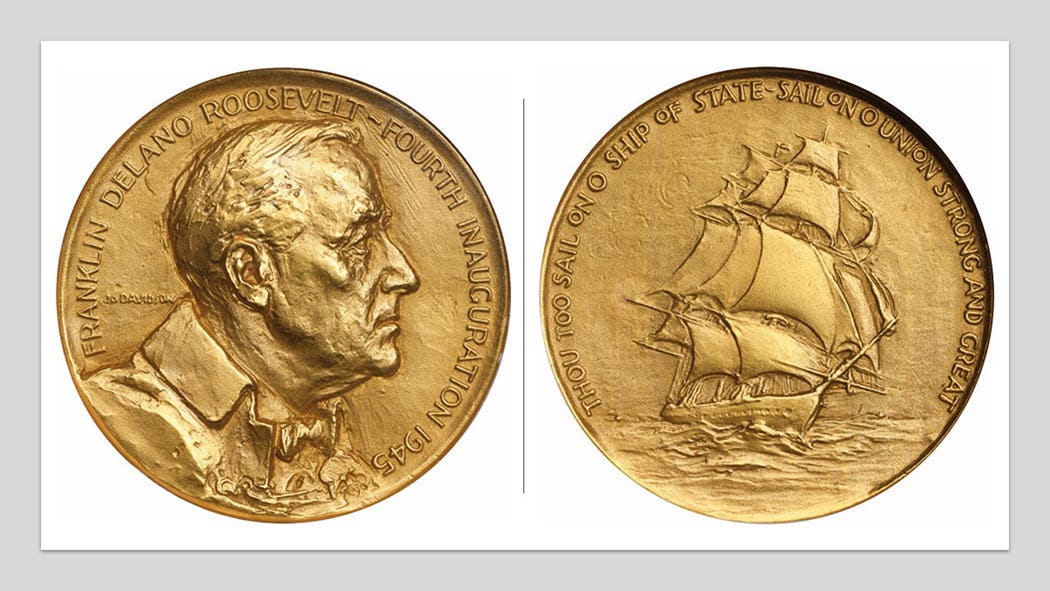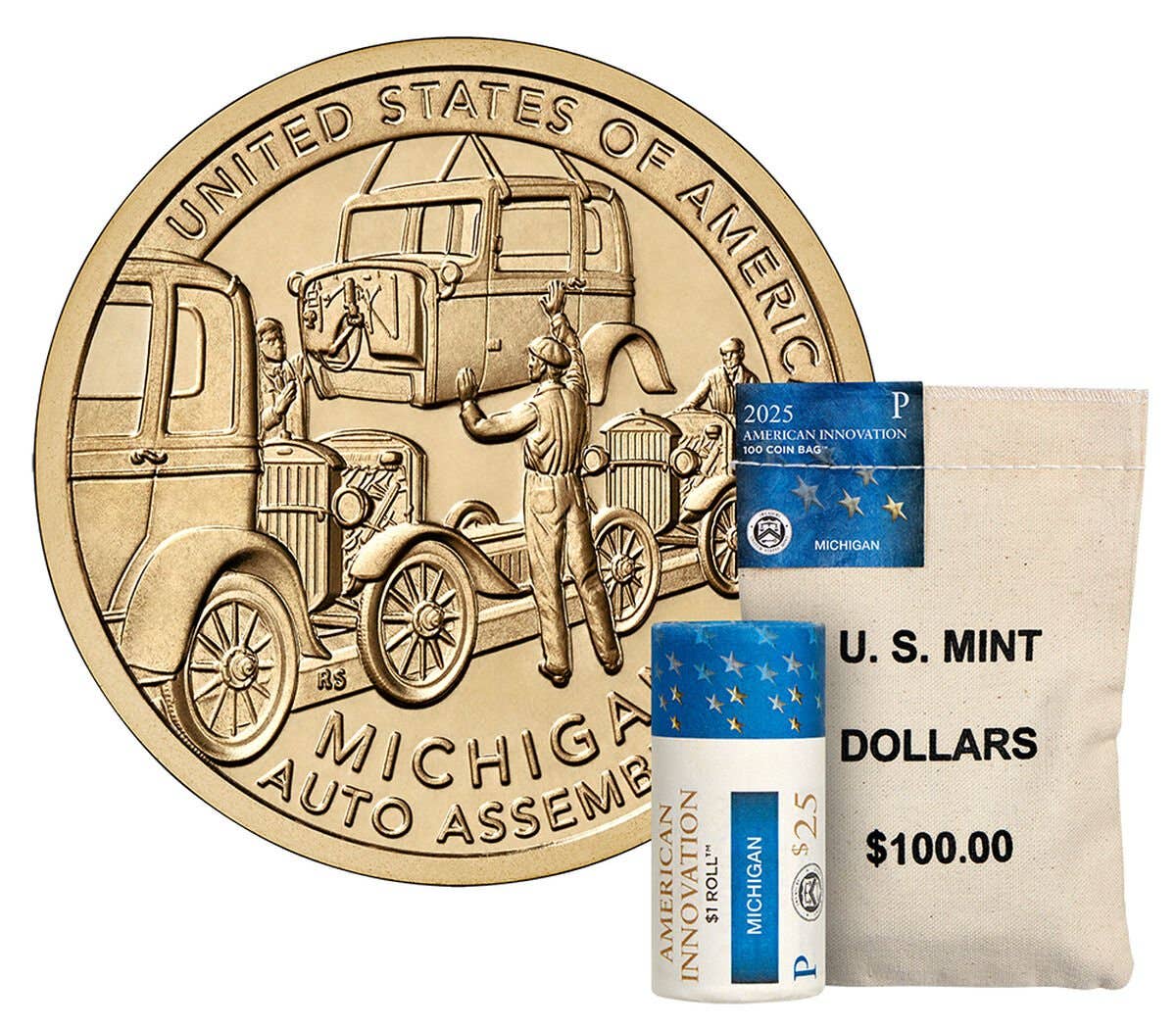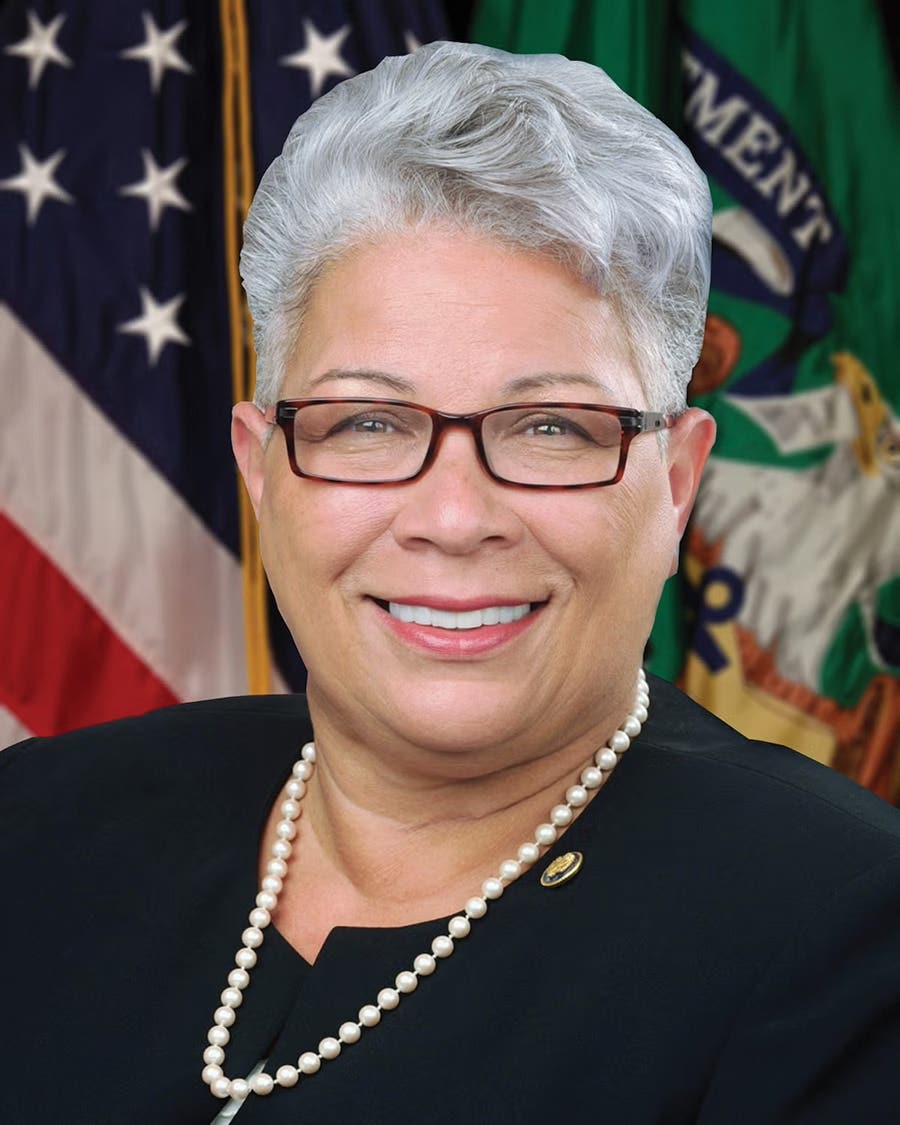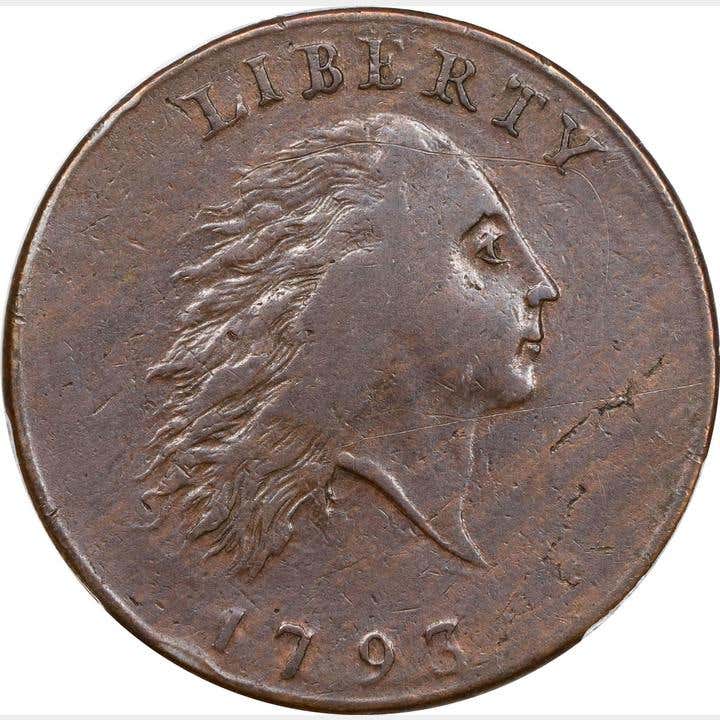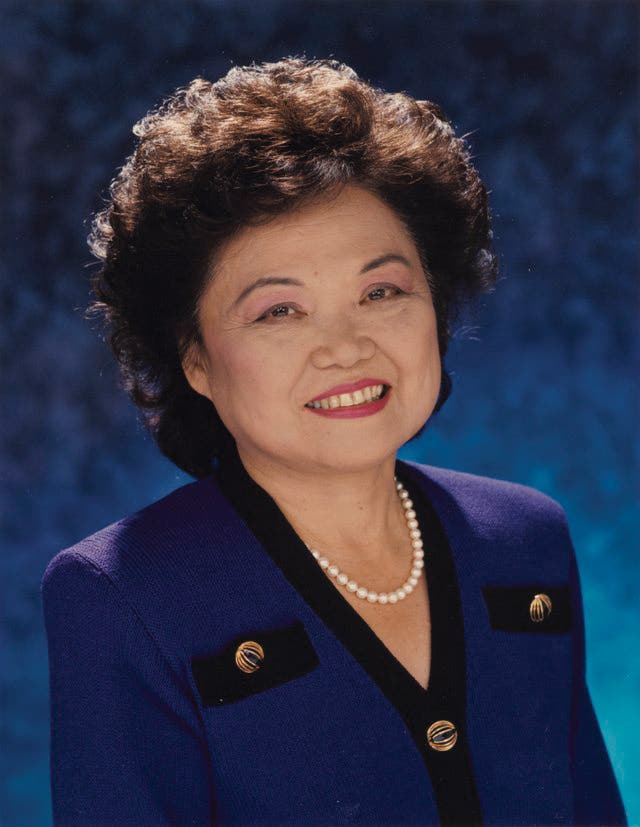Women’s History and the Fight for Equality
Women are the very foundation of the world we live in. The pillars of society. To take it quite literally, we would not be here today if it weren’t for…
Women are the very foundation of the world we live in. The pillars of society. To take it quite literally, we would not be here today if it weren’t for women.
For thousands of years, across the world and different cultures, women have faced countless challenges, and they have faced those challenges head on with strength, power and elegance.
In some cultures, women were revered and worshipped for their ability to create life. Many cultures had the women stay at home and run the household, not because they needed to be protected, but because men were considered expendable. In the European societies we often look back on, a man could not speak to a woman first on the street, even if they knew each other. The woman had to acknowledge them before the man could speak, lest his character be considered less than savory.
Despite these nuances of societal expectations, women were not happy. They were considered objects before they were considered people. Marriage and raising a family were their only hope in life. The tradition of a woman being walked down the aisle on her wedding day by her father stemmed from the idea that fathers were handing off their daughters to the new husband as one would a piece of property. Many of the rights women enjoy today are less than a century old, and the battle still continues.
Arguably the most famous advancement for women’s rights in America was the women’s suffrage movement. It first gained widespread traction in the 1800s alongside the abolition movement. In 1848, a group of abolitionists, most of whom were women, gathered in Seneca Falls, N.Y. There, the delegates all agreed that women are autonomous individuals and deserved the same rights as men, specifically citing “all men and women are created equal, that they are endowed by their creator with certain inalienable rights, that among these are life, liberty, and the pursuit of happiness.” If the quote sounds familiar, it’s probably because it was inspired by the Declaration of Independence.
Much of the dissatisfaction that led to the Revolutionary War was the lack of representation Americans received in England. The women of the Seneca Falls convention drew from this familiar unrest to show that women deserved equal standing with the men: women deserved the right to vote. Elizabeth Cady Stanton wrote the Declaration of Sentiments and was soon joined by Susan B. Anthony. The two traveled around the country fighting for women’s rights and gathering supporters.
It wasn’t until years later, with a new generation of women at the lead, that women were granted the right to vote. Alice Paul was one of the leaders of this new generation, and many considered her to be quite radical. However, it was Paul and her group of women who ultimately swayed the public in favor of the suffrage movement. Paul was arrested for picketing outside of the White House and was taken to jail. She was considered unpatriotic for protesting during World War I. While jailed, she started a hunger strike. She and the other participating women were force-fed and endured other abuse. The story got out and the public was horrified by the treatment these women faced. The group of women were released when the public put pressure on the authorities for the mistreatment. Women gained the right to vote soon after in 1920.
The right to vote was only the beginning. Women didn’t gain the right to own property across the U.S. until the mid-1970s. Prior to this, women had little financial autonomy; their financial assets were controlled by their nearest male relative. Whether that was a husband, father or older brother, women were not allowed to make financial decisions. By the 1860s, this had changed slightly. A married woman could have some say in inherited or allotted properties.
Gaining the right to own property came hand-in-hand with the right to open a line of credit in 1974. Before, a woman was almost completely reliant on a husband’s money. This meant they could not make large purchases without a husband’s approval. Single women were unable to take out a mortgage or any other type of loan. They weren’t even allowed to have their own bank accounts until the 1960s.
Now, as we are well into the 21st century, the demand for equality continues, this time making sure to include all women. The 19th amendment may have been passed in 1920, but it wasn’t until 1965 that women of color were also included. Modern women have been reaching out to close the gender pay gap, break down the double standards between men and women as well as give women equal opportunities in the workplace just to name a few.
THE COINS
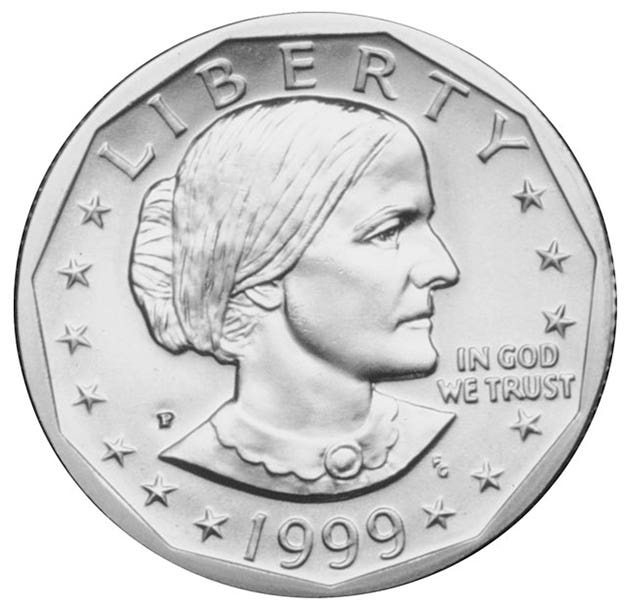
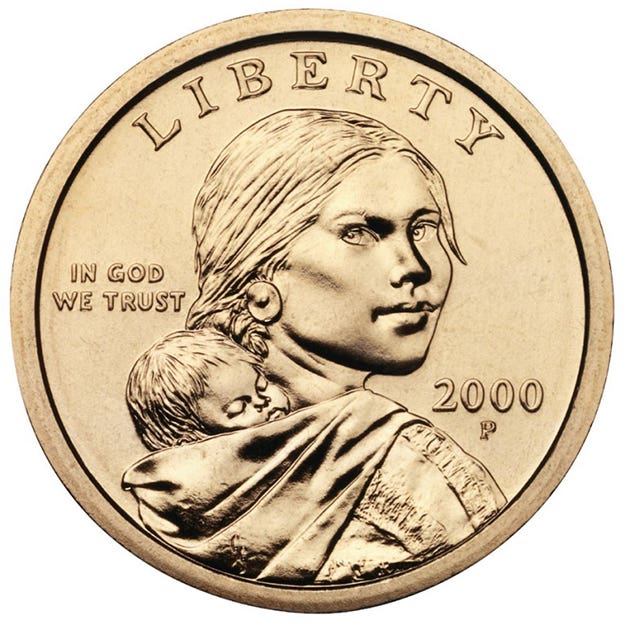
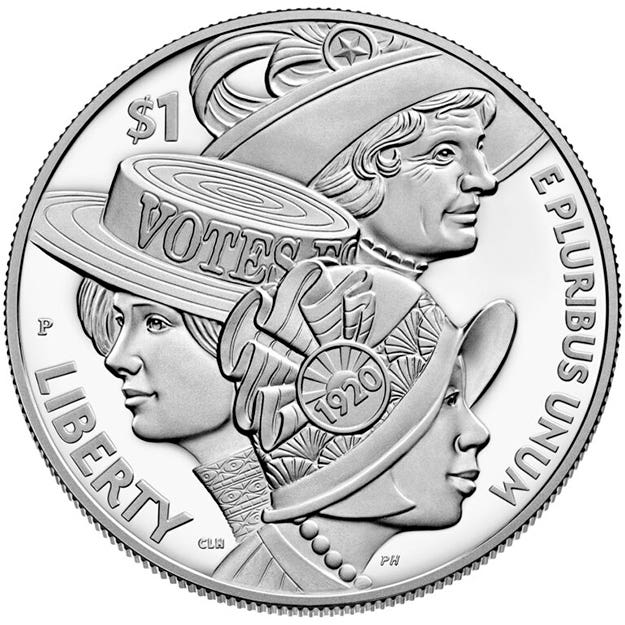
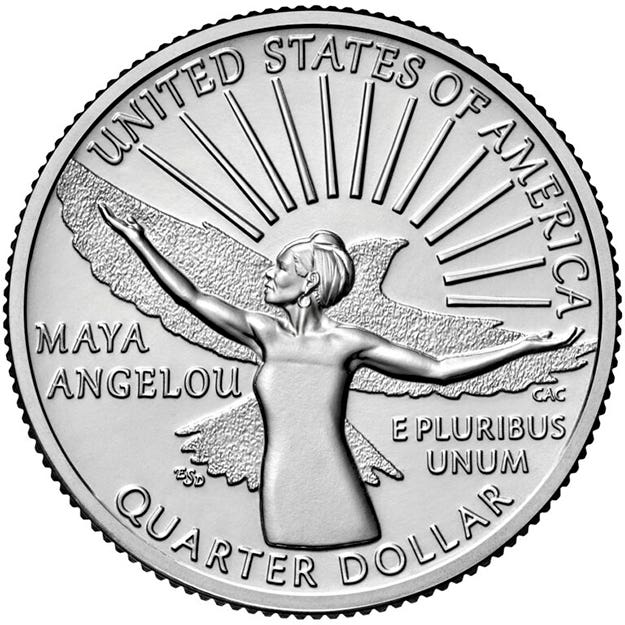
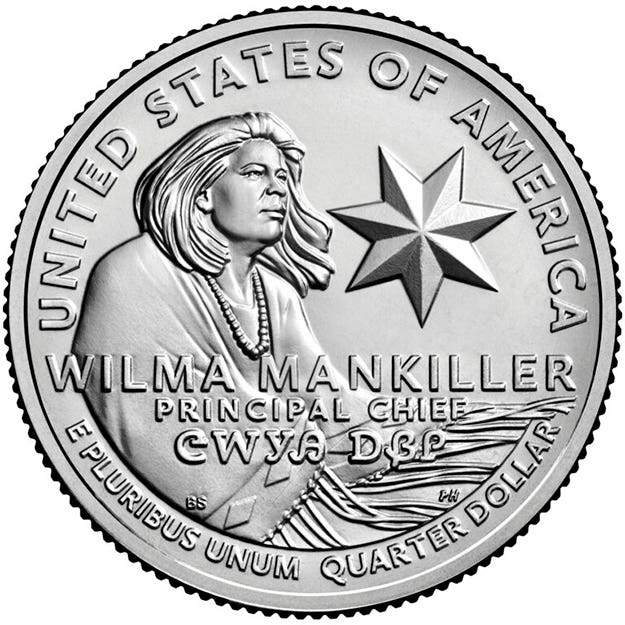
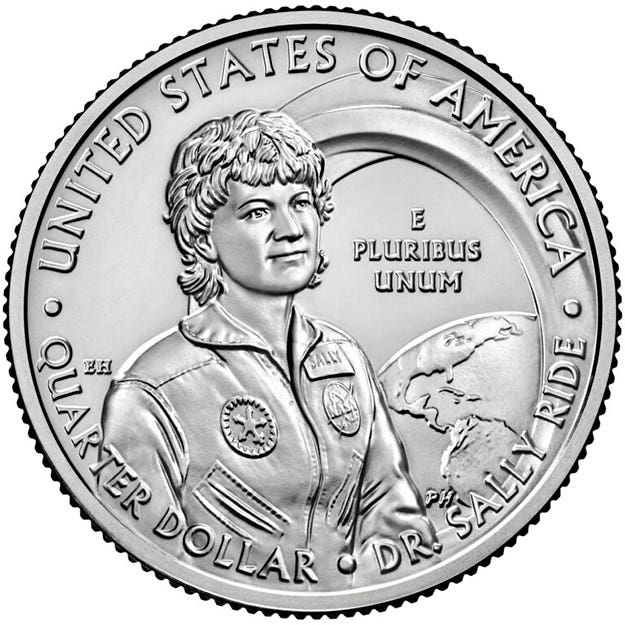
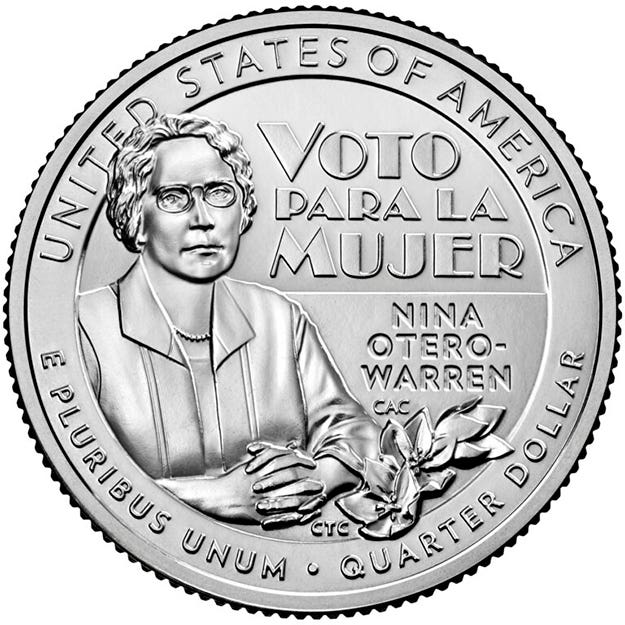
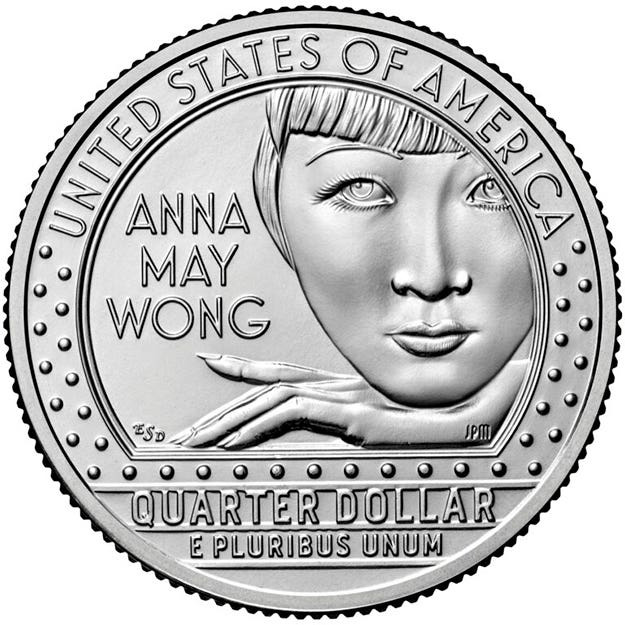
Some may say we have more women on coinage than men, referencing the use of Lady Liberty. To others, however, Lady Liberty is an ideal, and the fact that she is symbolized as a woman is merely just that, a symbol. Similar to how some people will refer to their cars using “she,” we personify things around us, but this does not bring them to the table of equal representation. With this in mind, there have been very few women on U.S. coinage.
The Susan B. Anthony dollar was first issued in 1979 to replace the Eisenhower Dollar. This coin was the first circulating coin to feature a woman. Mintage lasted until 1981 and was picked up again in 1999.
Next was the Sacagawea golden Dollar, issued from 2000 to 2008. Starting in 2009, the coin was transitioned to the Native American dollar program, which used the Sacagawea obverse with a different reverse each year. Sacagawea is well-known as the Native American who assisted the historic Lewis and Clark expedition. She was still a teenager and six months pregnant when the group set out on its journey.
In 2020, the U.S. Mint released the Women’s Suffrage Centennial commemorative coin. This coin also went on to win the Most Historically Significant category for the 2022 Coin of the Year program. 2020 marked the 100th anniversary of the 19th amendment, granting women the right to vote. This was a huge step in gender equality, though the work was far from over.
Starting in 2022, the U.S. Mint began releasing the first coins in the American Women quarters program. The first to be featured are Maya Angelou, Dr. Sally Ride, Wilma Mankiller, Nina Otero-Warren and Anna May Wong. Each were chosen to honor American women and their accomplishments across a variety of fields. The obverse of the coins still features George Washington, but the design is fittingly created by a woman, Laura Gardin Fraser. The women’s quarter program will continue to 2025 with up to five more women being honored each year.
The Hatpin Panic
Beginning in the 1890s and into the early 1900s, the height of women’s fashion included large hats, accompanied by fancy hatpins to hold them in place. These hatpins quickly became the talk of the country, and not for their exquisite craftsmanship. Hatpins became self-defense weapons. They were considered to be so dangerous that they became a political hot topic and local laws were discussed and passed to limit the size of the hatpins. This was one of many discussions involving women’s safety and independence.
INVENTING A NEW WORLD
Women have made many contributions throughout history that were often overlooked, or they were not given credit for their work. Some inventions have made their way into our daily lives, creating tools and machines to make life easier, while others have advanced science and medical knowledge. The list of inventions created by women is a long one. Here are just a few:
• Circular Saw: Tabitha Babbitt, 1812
• First Computer Algorithm: Ada Lovelace, 1843
• Dishwasher: Josephine G. Cochran, 1886
• Car Heater: Margaret A. Wilcox, 1893
• Medical Syringe: Letitia Geer, 1899
• Electric Refrigerator: Florence Parpart, 1914
• Home Security System: Marie Van Brittan Brown, 1969
• Stem Cell Isolation: Ann Tsukamoto, 1991




